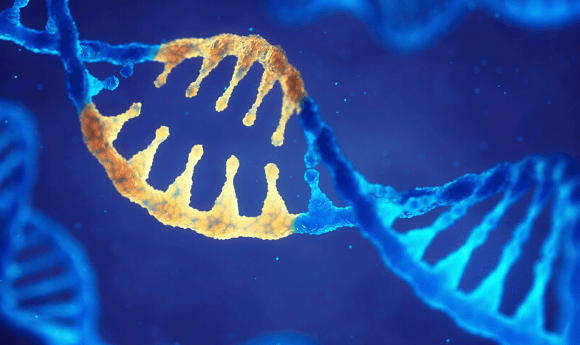Bioengineering protein assistants to help out CRISPR

Custom-built ‘editorial assistants’ allow CRISPR to edit DNA previously hidden by chromatin, opening up new avenues for disease research.
Here at BioTechniques, our editorial assistants are vital to ensuring our editors can maximize their efficiency. Now, a new study from the Karmella Haynes group at Emory University (GA, USA) has applied that vital editorial assistant–editor relationship to that famous but as-yet imperfect DNA editor, CRISPR.
In this case, the editorial assistants are DNA-binding proteins co-delivered with CRISPR, which move chromatin packaging out of the way and enable CRISPR to access genes of interest that have heretofore been inaccessible. These genes include those of interest to researchers for developing gene-based solutions for diseases.
Chromatin is an RNA–DNA–protein complex that epigenetically controls chromosomal organization and gene expression, and was highlighted as a block to Cas9’s access to certain target sites in 2016. The Haynes group has since been working on methods to circumvent this blockage, along with the other challenges chromatin poses – its structural complexity and variability can also pose problems for consistency in results.
- Jailing Jiankui: a barrier to progress or a vital verdict?
- CRISPR—Cas9 genetic screens: mapping the road to novel cancer therapeutics
- What are off-target effects of CRISPR and why are they concerning?
In their latest study, the team demonstrated that DNA-binding transiently expressed activation-associated proteins (AAPs) disrupted chromatin, enabling CRISPR to edit a luciferase gene, whilst not themselves affecting transcription. These AAPs could, therefore, be harnessed as editorial assistants and adapted to target different genes through switching out of the DNA-binding region.
“The idea is that if CRISPR needs to bind in the middle of a gene but can’t bind close enough to edit the mutation, you could send in our chromatin-opening protein to right outside that hard-to-bind region, rearrange the chromatin, and make the DNA across that gene more accessible for CRISPR to edit,” Haynes explained.
The team now hopes to determine whether effectiveness is dependent upon the type of the AAPs used or the target gene of interest, and whether combining proteins might improve results – other studies have also recently improved efficiency of Cas9 editing using proteins.
“I envision there being a whole catalog of CRISPR cofactors that can be used to enhance CRISPR activity,” Haynes concluded.
Take a look at what else is happening in the ever-evolving worlds of CRISPR and genetic engineering here.